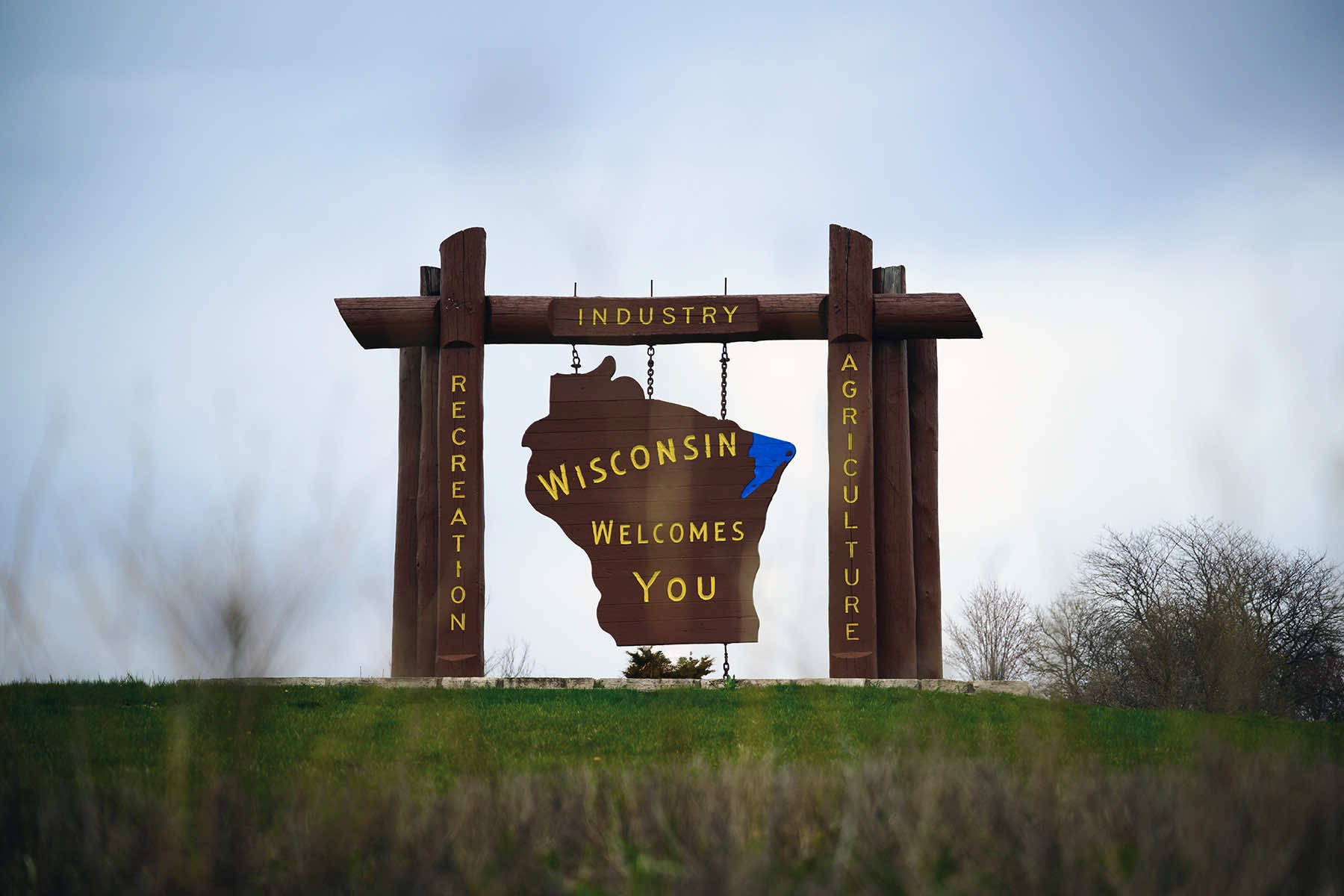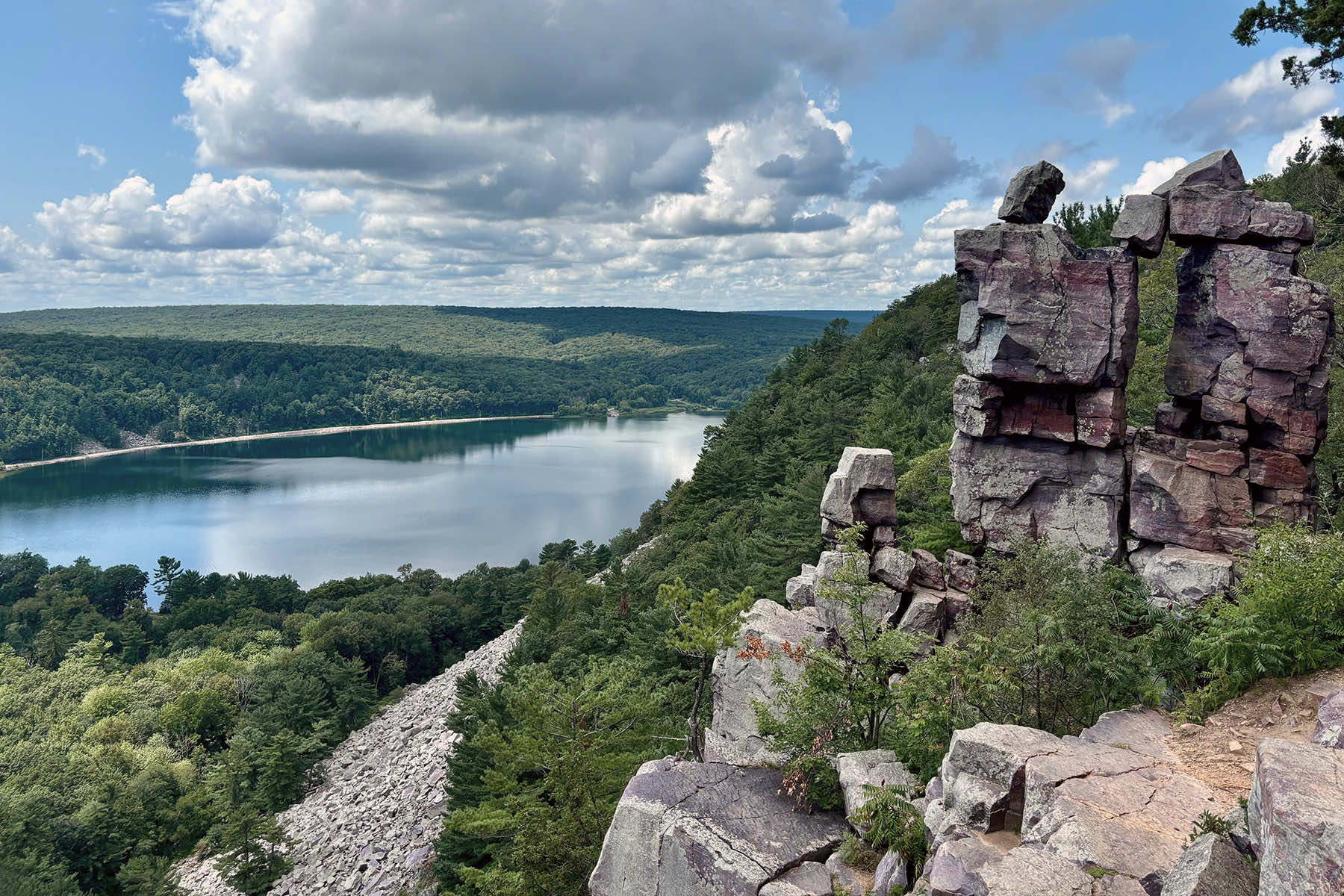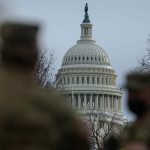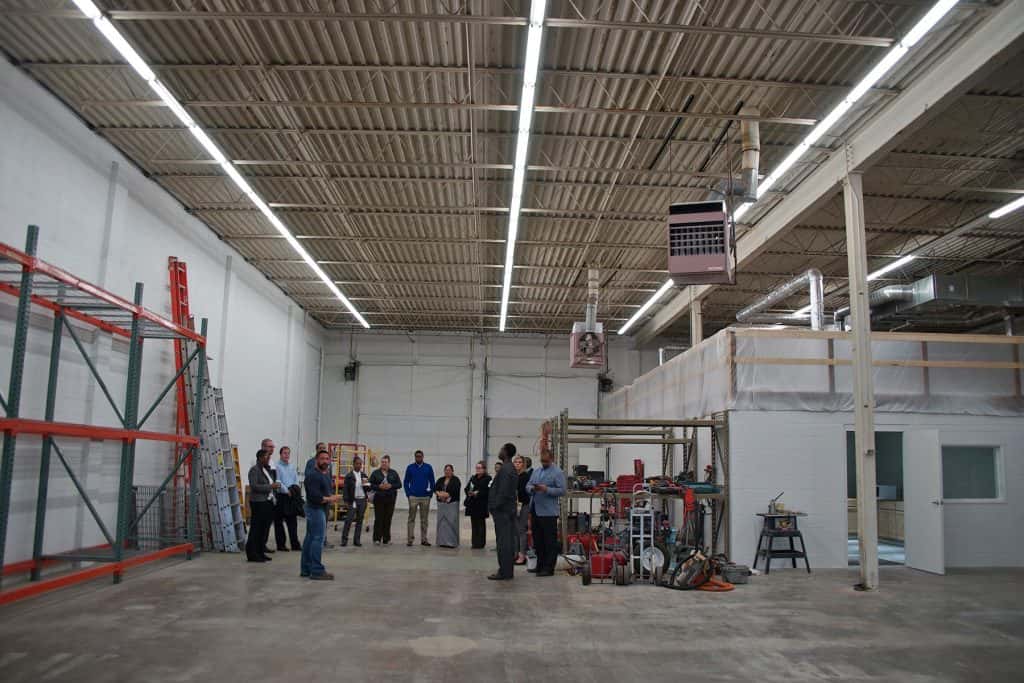
At a time when states across the country wrestle with environmental volatility, political extremism, or dwindling natural resources, Wisconsin offers a quietly compelling case for why it remains one of the most livable places in America.
This is not a slight against other states. Many have their own unique advantages, cultural richness, and economic strengths. But Wisconsin’s particular combination of geographic fortune, abundant resources, and civic stability continues to make it a compelling home for those seeking balance, safety, and quality of life.
One of Wisconsin’s most underrated advantages is its relative immunity to the natural disasters that plague other regions. The state does not contend with hurricanes, earthquakes, wildfires, or extreme drought on a regular basis.
While it is not without occasional severe storms or cold snaps, the scale and frequency of environmental disasters are far lower than what much of the country experiences. This stability has increasingly become a critical factor for people considering where to build their lives, especially as climate change continues to disrupt patterns across the West, South, and coastal regions.
Fresh water is another pillar of Wisconsin’s livability. The state sits atop one of the most valuable water resources on Earth, the Great Lakes basin, and is crisscrossed by more than 15,000 inland lakes, including Lake Winnebago, Wisconsin’s largest entirely within its borders. Groundwater access is widespread, and deep aquifers supply municipalities, agriculture, and industry alike.
In an era when states from Arizona to California are implementing water rationing plans and fighting over shrinking river rights, Wisconsin’s access to abundant, renewable fresh water is an incalculable asset for future stability.
All that does not mean the state is without political strife. Wisconsin has endured one of the most aggressive gerrymandering operations in the country. The Republican-controlled legislature, fortified by district lines drawn to ensure partisan advantage, has pursued a number of laws and budgetary policies that many residents in its urban centers have opposed.
Yet unlike some states where one-party control is absolute and opposition voices are silenced or structurally excluded, Wisconsin’s governance still includes friction and resistance. Statewide offices, including the governorship, are still competitive, and Democratic candidates have succeeded in winning despite the structural imbalance.
This dynamic tension matters. It means that unlike states where power becomes unchecked, Wisconsin still sees public debate, protest, and legislative pushback. It is not a state where only one ideology determines outcomes. Even amid a heavily partisan legislative body, citizen organizing, court interventions, and executive action have preserved a functional check on extreme measures.
Voters have demonstrated time and again that they are engaged, informed, and willing to turn out in large numbers when rights and representation are at stake. Wisconsin has been pivotal in national elections, not by accident, but because of a population that takes its role seriously.
In many other places, especially those under supermajority control, minority voices have been stripped of real power. Laws have been passed to restrict ballot access, ban books, silence educators, or target vulnerable communities with punitive regulations.
In Wisconsin, while similar legislation has been proposed or attempted, it often meets roadblocks. The presence of multiple power centers — including an independently elected state Supreme Court — means that there is still room to contest, reverse, or stall authoritarian overreach. The state’s political tension is not a flaw. It is evidence that not all systems have collapsed into partisan machinery.
Culturally and economically, Wisconsin also maintains a more grounded balance than many of its peers. It is not subject to the extreme housing bubbles seen in high-cost coastal metros. Property values in Madison, Milwaukee, and Green Bay have risen, but the state has largely avoided pricing its working-class residents out of their own communities.
Median home prices remain within reach of middle-income families, especially outside major metropolitan zones. The rental market, while tighter than in previous decades, is still more accessible than in many states where rapid gentrification or land scarcity have created crisis-level unaffordability.
Public education, too, remains strong in Wisconsin. The University of Wisconsin system is one of the largest and most respected public university networks in the country, and even with periodic budget fights, it continues to produce top-tier graduates across a range of disciplines. The K-12 system is not immune to challenges, but Wisconsin has so far avoided the mass closures, culture war curriculum bans, and exodus of qualified teachers that have deeply strained public education elsewhere.
Quality of life also means access to the outdoors. Wisconsin’s public parks, trails, forests, and lakes offer year-round recreation, from hiking and camping in the summer to cross-country skiing and ice fishing in winter. Unlike more mountainous states where access is limited by terrain or high travel costs, Wisconsin’s outdoors are largely accessible by car, and its infrastructure is set up to accommodate families, seniors, and people of all income levels.
Midwestern modesty may keep the state from boasting, but Wisconsin’s strengths are not incidental. They are the result of careful policy, geographic luck, and a population that is, despite the divides, deeply invested in place. It is a state where people stay. Where families raise children, not just because it is where they grew up, but because it remains a good place to grow old.
While other regions have become increasingly transient, with populations shifting rapidly in search of lower costs, looser laws, or climate escape, Wisconsin retains a powerful sense of rootedness. This doesn not mean it avoids change or lacks newcomers. It simply means the people who live here tend to stay, and the communities they build are often intergenerational. That consistency has helped preserve local culture, sustain small businesses, and maintain institutional memory in a way that many faster-growing states have lost.
It is also a state that maintains a degree of social trust. Neighbors may disagree politically, but the tradition of local government — town boards, school boards, county commissions — remains robust. These are not merely symbolic posts but functional parts of the civic machinery, where participation is expected and compromise is still possible. Even in contentious times, many Wisconsin residents still engage with one another face-to-face, not only through digital echo chambers.
And while some parts of the country have seen deep declines in local journalism, Wisconsin continues to benefit from a network of news outlets, from legacy papers in Madison and Milwaukee to nonprofit investigative reporting projects and bilingual community publications. These institutions keep citizens informed, scrutinize public policy, and serve as a bulwark against disinformation. In rural areas especially, local radio and weekly papers still function as civic lifelines, giving voice to farmers, families, and small-town leaders who might otherwise be invisible in the national discourse.
From a geographic standpoint, Wisconsin also enjoys a centrality that is often overlooked. It is within a day’s drive of major economic hubs including Chicago, Minneapolis, St. Louis, and Indianapolis. This has allowed it to maintain both logistical relevance and cultural exchange without being swallowed by urban sprawl or traffic gridlock. Its interstates, rail connections, and port infrastructure through the Great Lakes provide critical access for agriculture, manufacturing, and trade.
That blend of economic diversity has helped insulate Wisconsin from the boom-bust cycles that plague more specialized economies. It does not depend solely on oil, tourism, finance, or tech. Instead, it has a steady mix of sectors — dairy, heavy equipment, paper products, health care, higher education, and green energy. This has allowed the state to recover from recessions more steadily than some of its neighbors and avoid the hollowing out of its industrial base that has devastated other parts of the Midwest.
Crucially, Wisconsin’s agricultural sector continues to be productive, not just in volume but in innovation. It remains one of the top dairy producers in the nation, and its farmers have increasingly adapted to new technologies, sustainability models, and climate-conscious practices. Urban farming and cooperative markets have also found new roots in Milwaukee and other cities, creating supply chains that are shorter, more resilient, and more connected to consumers.
For those looking to raise families, Wisconsin offers another crucial, if often intangible, benefit: it feels safe. Crime rates in most cities remain well below national averages, and while no state is immune to challenges related to poverty, addiction, or mental health, Wisconsin’s public health infrastructure continues to offer a higher level of access than many peer states. Medicaid expansion and public health campaigns have helped maintain a broader safety net, and while debate around funding and access continues, the system has not collapsed under neglect or ideological warfare.
Finally, Wisconsin offers a kind of authenticity that is difficult to quantify. It is not curated or contrived. Its identity is shaped by its people, not by marketing slogans or branding campaigns. Whether in the quiet strength of a La Crosse school board meeting or a local festival in Ashland, the spirit of mutual responsibility endures.
That does not mean the state is free of injustice, inequality, or political failure — it certainly is not. But it does mean that those who call it home have more tools than most to face those challenges without giving up on one another.
As America continues to fragment across lines of climate risk, political polarization, economic inequality, and cultural dislocation, Wisconsin offers a reminder that it is possible to live in a place that is neither a utopia nor a cautionary tale — just a functioning, complicated, and deeply livable state.
Its stability is not an accident, and its value is not in claiming superiority, but in offering continuity. And in a country where so many things feel precarious, continuity is not a small thing. It is a quiet kind of strength. Not flashy. Not loud. But lasting.
© Photo
Naya Dadara and Nikki Pecoraro (via Shutterstock)















